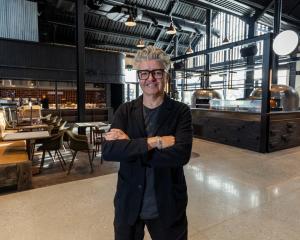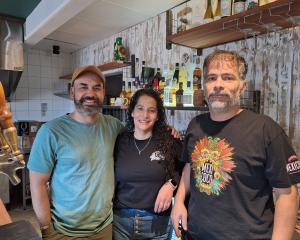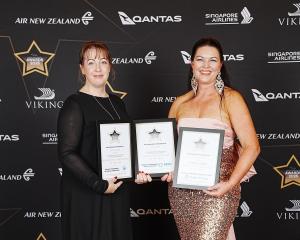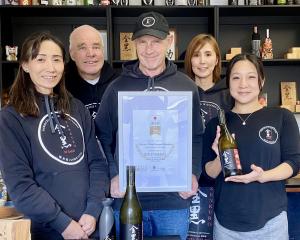One man's flush is another man's fortune.
The contents of Queenstown Lakes district toilets could be fed to worms to make fertiliser, if Cromwell man Robbie Dick gets his way.
The Queenstown Lakes District Council decided in July to call for submissions from the community and business organisations on the beneficial uses of sludge.
Mr Dick, of Central Wormworx, said he had lodged an expression of interest with the council.
He wanted to take the sludge and feed it to his worms to produce fertiliser or "worm poo".
"I want it to work for the region and, hopefully, it will take off throughout the country."
He is hoping to get biosolids to feed to the millions of worms at his Cromwell premises to produce an environmentally-friendly soil conditioner called worm castings.
Mr Dick said he had tested the use of human waste from Bannockburn at his worm business in 2007.
However, due to the hard metals in the samples, it was not as successful as he had hoped.

Project Pure and the proposed Queenstown Project Shotover wastewater treatment facility could produce up to 240 tonnes a month.
Mr Dick said his worms could handle all of it.
He has been feeding his worms waste from orchards, supermarkets and farms since 2000 and selling the end product to farmers and horticulturists all over New Zealand for $5 per 10 litre bag.
"All Central Wormworx Ltd is doing is continuing what nature has been doing for centuries and producing an ancient product with a dynamic future."
The council deadline for submissions closed on September 30.
Council strategic project manager Martin O'Malley said he had received seven expressions of interest, which was "really positive and a great start".
"We are really excited about that. At the start we weren't sure if there would be interest in the community, but the response has certainly surpassed our expectations," he said.
Several landowners had lodged interest because they were keen to hear more about how treated sludge could work with their farming practices.
The rest of the submissions from companies or individuals, including one from the North Island, were interested in the treatment of the sludge.
Mr O'Malley said about 3840 tonnes of sludge would be put in the landfill, at a cost of $1.3 million a year, once Project Shotover came online.
Under its waste management strategy, the council must maximise waste diversion from landfill.
Organic waste, including sludge, would make up 10% of the district's waste in 2014.
The council's aim was to reduce the cost to ratepayers and to foster the district's clean, green image, he said.
Sludge produced in Wanaka and, potentially, Queenstown would be high quality because of the absence of hard metal industry in the area.
He said the council could look at treating the sludge itself to use on its parks and gardens.
The council commissioned Connell Wagner, now Aurecon, to investigate alternative uses for sludge.
Aurecon presented two options: using sludge as fertiliser or for energy generation.
The report says reusing sludge as fertiliser and compost would be a practical option, because the council buys and transports compost from Southland for its parks and reserves.
Electricity produced from burning sludge could be put into the national grid or used as power for wastewater treatment plants.
Mr O'Malley said it would cost up to $6 million to build an incinerator but the district's population did not produce enough sludge to make the option viable.
He said the next step for the council was to contact all of the submitters and arrange meetings where possible to discuss potential directions.
"Our first priority will be to get in touch with the landowners and visit their operations to further discuss and evaluate how the material may be of benefit to their practice," he said.
He would also look at working with other district councils.
"But that is in the longer term.
We need to prove the feasibility of the proposals in the mean time," he said.
He would be preparing a report for the council's utilities committee by the end of the year.
The proposed $36.7 million Project Shotover wastewater treatment plant in Queenstown is under appeal to the Environment Court on the grounds of insufficient detail on odour mitigation.
Advertisement













